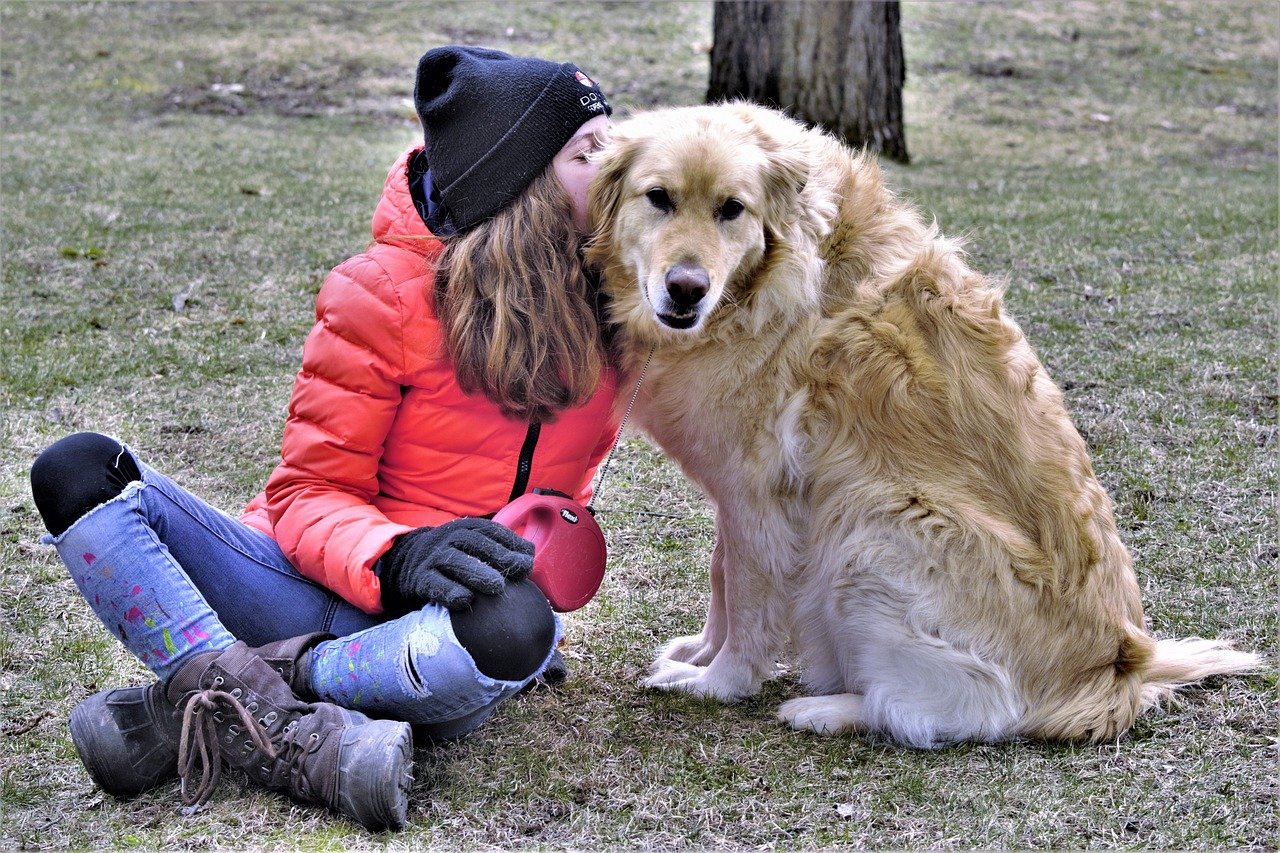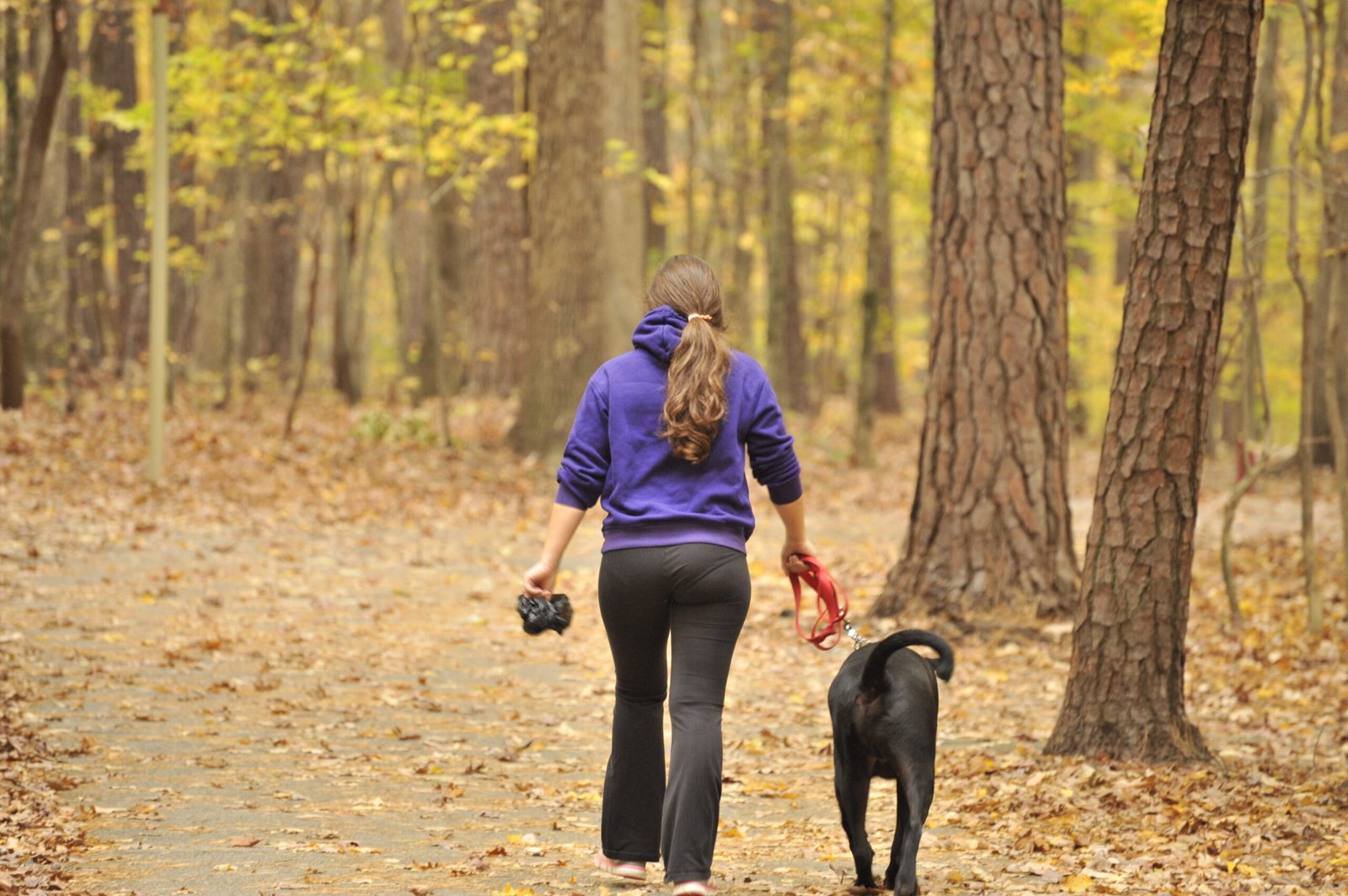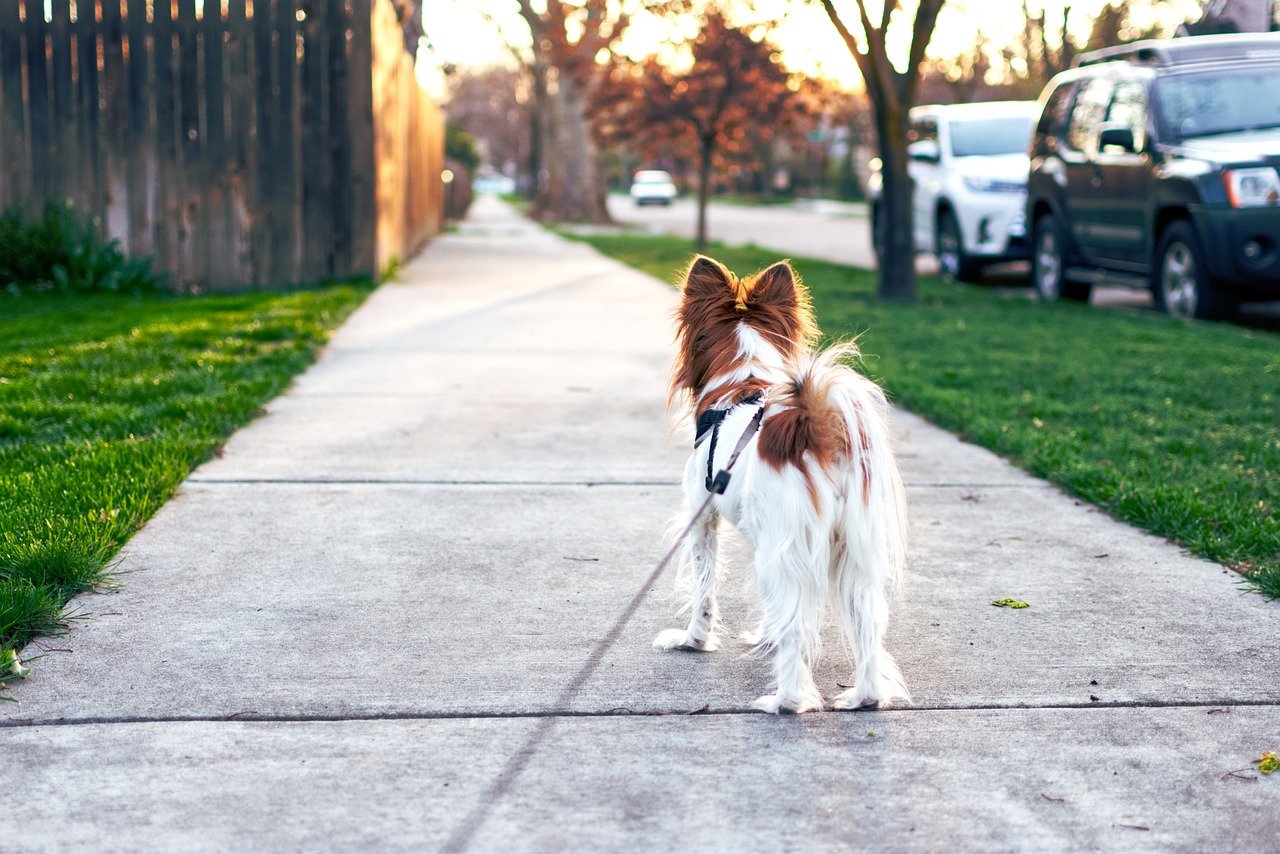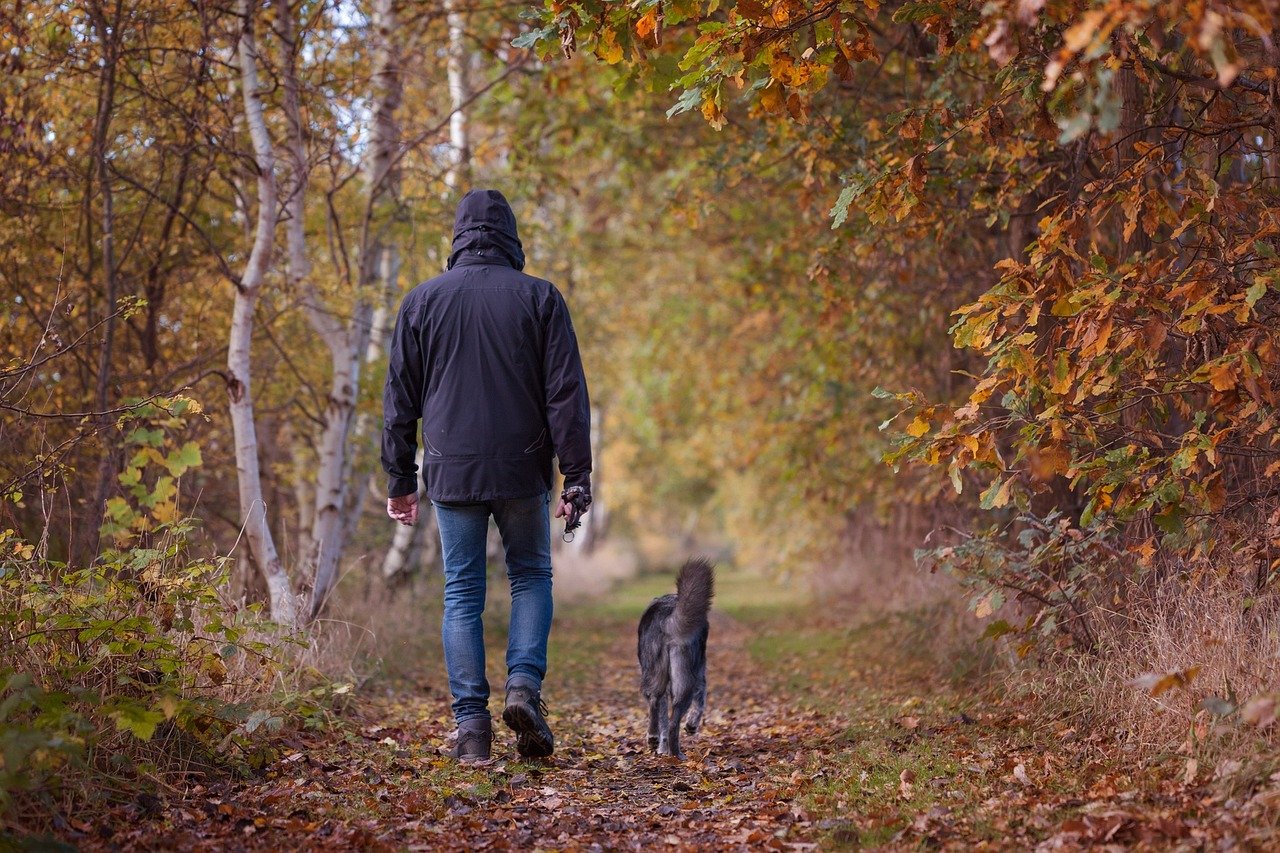Have you ever felt like a shadow is following you, but instead of being eerie, it’s furry and adorable? Many dog owners experience this phenomenon where their canine companions follow them around the house, from the kitchen to the bathroom, and even to the garden. But why do dogs exhibit this behavior? Is it simply a sign of affection, or is there a deeper psychological reason behind it? Let’s delve into the fascinating world of dog psychology and uncover the reasons behind this endearing behavior.
Understanding the Pack Mentality
Dogs are pack animals by nature, and this instinct is deeply ingrained in their DNA. In the wild, being part of a pack is essential for survival. This pack mentality translates into the domestic setting as well. When your dog follows you everywhere, it’s not just because they love you, but because they see you as their pack leader. In their eyes, staying close to you ensures safety and security, much like how wolves follow their alpha in the wild. This behavior is a testament to their loyalty and trust in you as their protector.
Attachment and Bonding

The bond between a dog and its owner is a unique and special relationship. Dogs often follow their owners because they have formed a strong attachment. This attachment is similar to the bond between a child and a parent. When dogs are young, they rely on their mothers for protection and guidance. As they grow and become part of a human family, they transfer this attachment to their human caregivers. Following you is their way of staying close to their source of comfort and love, reinforcing the bond you share.
Separation Anxiety: A Common Concern
While following behavior is generally harmless, it can sometimes be a sign of separation anxiety. Dogs with separation anxiety may follow their owners obsessively because they fear being left alone. This anxiety can manifest in destructive behavior when they are left alone, such as chewing furniture or barking excessively. It’s important to recognize the signs of separation anxiety and address them appropriately. Providing your dog with training, toys, and comfort items can help alleviate their anxiety and make them feel more secure when you’re not around.
The Role of Breed and Temperament
Not all dogs exhibit the same level of clinginess. Some breeds are naturally more independent, while others are known for being “velcro dogs.” Breeds like Labrador Retrievers, German Shepherds, and Border Collies are more likely to follow their owners due to their loyal and protective nature. On the other hand, breeds like Shiba Inus or Afghan Hounds are more independent and may not feel the need to follow their owners everywhere. Understanding your dog’s breed and temperament can give you insight into their behavior and help you cater to their specific needs.
Curiosity and Exploration

Dogs are naturally curious creatures. Following you around can be a way for them to explore their environment and learn more about their surroundings. Every room in the house offers a new scent, sound, or object to investigate. By sticking close to you, they not only satisfy their curiosity but also feel more confident exploring new areas. This behavior is especially common in puppies who are still learning about the world around them and rely on their owners for guidance and reassurance.
Seeking Attention and Affection
Sometimes, dogs follow their owners simply because they crave attention and affection. Dogs are social animals and thrive on interaction with their human companions. By following you, they are seeking opportunities for play, petting, or just a reassuring word. This behavior is their way of saying, “Hey, I’m here, and I want to be part of your world!” It’s important to acknowledge and reward this behavior with positive reinforcement, ensuring that your dog feels loved and appreciated.
The Influence of Routine and Habits

Dogs are creatures of habit and thrive on routine. If your dog has become accustomed to following you around, it may simply be part of their daily routine. Just like humans have morning rituals, dogs have patterns of behavior that they repeat. Over time, following you might become a habit that they’re comfortable with. Maintaining a consistent routine can provide them with a sense of stability and predictability, which is comforting for many dogs.
Trust and Dependence

For many dogs, following their owners is a sign of trust and dependence. By staying close, they are expressing their reliance on you for their needs, whether it’s food, comfort, or companionship. This behavior is a reflection of the trust they’ve placed in you as their caretaker. It’s a heartwarming reminder of the bond you share and the responsibility you have to ensure their well-being.
Training and Reinforcement
Training plays a significant role in a dog’s behavior. If you’ve trained your dog to follow commands or rewarded them for staying close, they may follow you as a result of positive reinforcement. Dogs are quick learners and will repeat behaviors that are rewarded. By consistently rewarding them for staying close, you’ve inadvertently encouraged this behavior. It’s a testament to the effectiveness of positive reinforcement in shaping a dog’s actions.
Conclusion
The psychology behind why dogs follow their owners everywhere is a blend of instinct, attachment, and learned behavior. It’s a heartwarming reminder of the bond between humans and their canine companions. Whether it’s due to their pack mentality, curiosity, or simply seeking affection, this behavior is a testament to their loyalty and love. So the next time your furry friend follows you around, take a moment to appreciate the special connection you share. After all, isn’t it wonderful to have such a devoted shadow?

Linnea is a born and bred Swede but spends as much time as possible in Cape Town, South Africa. This is mainly due to Cape Town’s extraordinary scenery, wildlife, and atmosphere (in other words, because Cape Town is heaven on earth.) That being said, Sweden’s majestic forests forever hold a special place in her heart. Linnea spends as much time as she can close to the ocean collecting sea shells or in the park admiring puppies.





